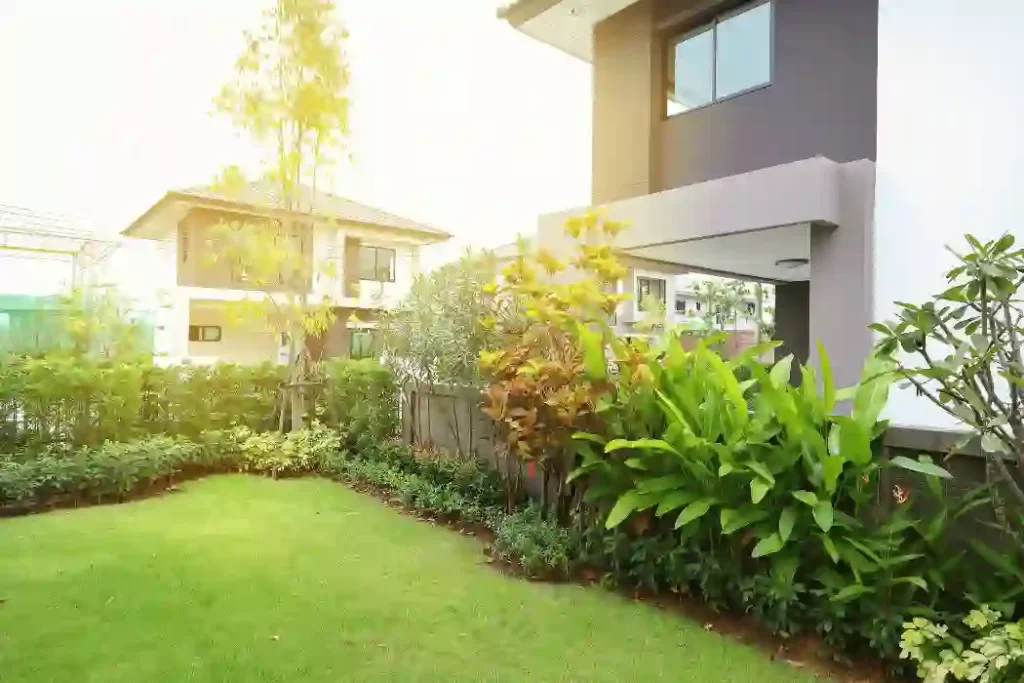Building a green home not only reduces your carbon footprint but can also save you money on utility bills in the long run. With the rise in environmental awareness and the availability of eco-friendly materials, constructing a green home has become easier and more affordable than ever before. In this article, we will explore five green home construction ideas that will help you save money while being environmentally conscious.
Insulation
Insulation is an essential component of any home, and it is crucial to choose the right material for it. Fiberglass insulation, while being widely used, is not the most eco-friendly option. A better alternative would be cellulose insulation, which is made from recycled newspaper and treated with non-toxic chemicals for fire resistance.
Cellulose insulation is more efficient than fiberglass, as it has a higher R-value per inch, meaning it provides better insulation. This translates to lower heating and cooling costs, as the insulation will keep your home at a consistent temperature. Not only is cellulose insulation eco-friendly, but it is also cost-effective in the long run.
Energy-Efficient Windows
Windows are another critical aspect of a green home. They allow natural light into the house, and they also provide ventilation. However, regular windows can let in drafts and let out heat, making it difficult to maintain a consistent temperature in the home.
Energy-efficient windows, on the other hand, are designed to reduce heat loss and prevent drafts. These windows are made of multiple panes of glass with a layer of gas between them that acts as an insulator. They also have a low-emissivity (low-e) coating, which reflects heat back into the house, reducing the need for heating.
Green Home Construction prioritizes sustainable materials and energy-efficient technologies to minimize environmental impact during home renovation projects.

Energy-efficient windows may be more expensive than regular windows, but they can save you money on energy bills in the long run. They also reduce the strain on your HVAC system, which can extend its lifespan and reduce repair costs.
Solar Panels
Solar panels are a popular option for homeowners looking to reduce their carbon footprint and save money on electricity bills. While the initial cost of installing solar panels can be expensive, the long-term savings can be significant.
Solar panels can generate electricity that can be used to power your home, and any excess energy can be sold back to the grid. This can lead to significant savings on your electricity bill and even generate income.
Furthermore, many states offer tax credits and other incentives for homeowners who install solar panels. These incentives can reduce the initial cost of installation and make it more affordable for homeowners.
Water-Efficient Fixtures
Water is a precious resource, and conserving it is essential for a sustainable future. Water-efficient fixtures, such as low-flow toilets, faucets, and showerheads, can significantly reduce the amount of water used in the home.
Low-flow toilets use less water per flush than regular toilets, and they can save up to 20,000 gallons of water per year for a family of four. Low-flow showerheads and faucets also use less water without sacrificing performance.
Water-efficient fixtures not only save water but can also reduce your water bill. The initial cost of replacing these fixtures may be higher than regular fixtures, but the savings in water bills can make up for it over time.
Eco-Friendly Materials
Choosing eco-friendly materials for your home construction is an easy way to reduce your carbon footprint and save money. Recycled materials, such as reclaimed wood or recycled metal, can be used for flooring, countertops, and other areas of the home.
Bamboo is another popular eco-friendly material that is sustainable and grows quickly. It can be used for flooring, cabinets, and even furniture.
Using eco-friendly materials can also improve indoor air quality, as they do not contain harmful chemicals that can off-gas and pollute the air.
Conclusion
Incorporating green home construction ideas not only benefits the environment but also provides significant cost savings for homeowners. By implementing energy-efficient solutions such as solar panels, smart thermostats, and insulation, homeowners can reduce their reliance on non-renewable resources and lower their utility bills. Additionally, utilizing sustainable materials and incorporating natural lighting and ventilation can create healthier living environments while minimizing the need for artificial lighting and air conditioning. Investing in green home construction ideas is a win-win situation, allowing homeowners to save money while contributing to a more sustainable future for generations to come.

